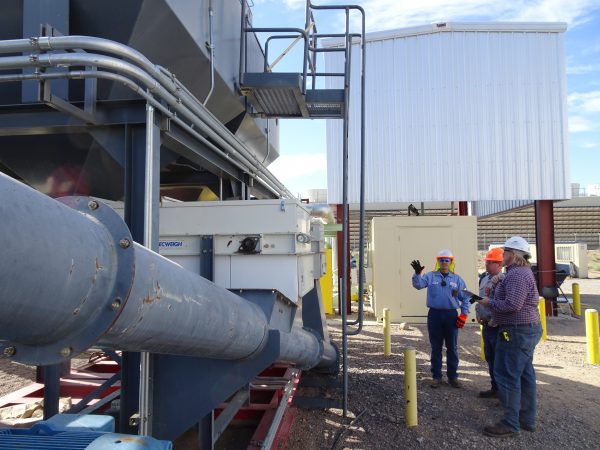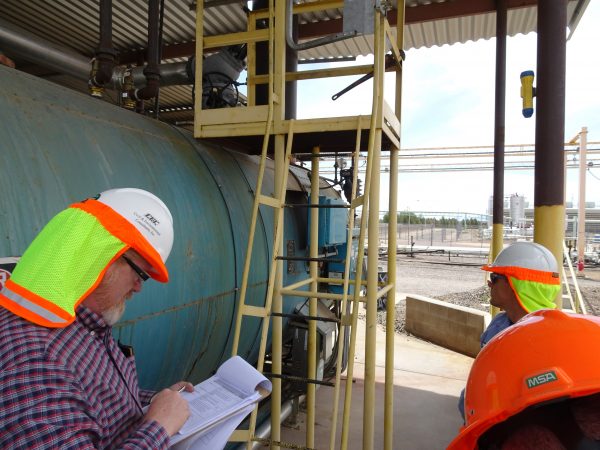The role of safety managers and supervisors is to create an environment for employees to engage in safety and move toward safer behaviors. What does this look like?
- Implementing safety management systems
- Ensuring employee safety training
- Resolving safety challenges before injuries occur
- Responding to incidents
- Creating a culture of safety and motivating employee engagement

The last one can be easier said than done. How do you create a safety culture and engage every employee in it? You should:
- Empower employees to report hazards and share innovative ideas;
- Involve them in creating a safety mission statement;
- Hold regular safety meetings and provide data on your organization’s vulnerable areas;
- Recognize safety achievement; and
- Avoid seeking fault or blame for an incident.

While safety training is critical, if it’s accompanied by a strong safety culture and positive interactions with workers, it’s more likely to change behavior and decrease incident rates.
The most successful safety managers aren’t overly authoritarian. They’re accessible, they set an example, they’re open to change, and they get feedback from employees.
Safety managers aren’t the only employees responsible for safety, though. Every member of an organization should be a safety leader, regardless of title.

Post a Comment